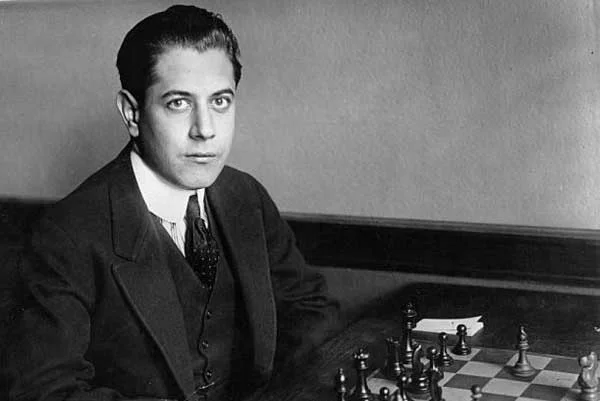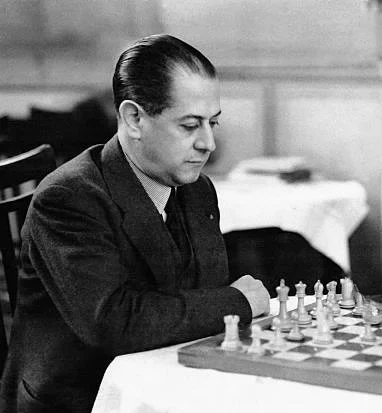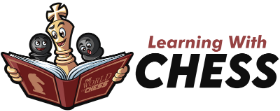Jose Raul Capablanca - The Cuban Genius
14/04/2023 - Actualizado: 21/06/2023
Jose Raul Capablanca y Graupera, of Cuban nationality, was born on November 19, 1888. He is considered one of the greatest chess players of all time, with an ELO rating of 2,725, which was one of his many characteristics, reason why he was nicknamed "The Human Chess Machine" and "The Mozart of Chess".
Jose Raul Capablanca's Beginnings in Chess
Jose Raul Capablanca's interest in chess began after he saw his father playing chess with a friend. Not only did he watch them play, but he also judged the way they played, claiming that one of his father's moves was incorrect.
When his father noticed this, he realized that his son had skills for the game and that he needed to develop them, so he took him to a chess club where he demonstrated his skills with highly experienced people in the game. Although he was a beginner, he was able to beat some of them, which caught the attention of those present, who informed the press of what had happened so that the news could be published.

When he was five years old, Jose Raul Capablanca defeated Ramon Iglesias, who was already the national champion.
Beginning of His Career in Cuba
When he was 13 years old, in 1901, Jose Raul Capablanca participated in the Cuban Chess Championship, where his opponent was Juan Corzo Principe, whom he defeated in just a few moves.
He then graduated from high school, but his parents did not have the means to send their son to college. Ramon Pelayo took advantage of this situation and asked him to work for him, but to give up chess in order to finance his studies.
At first Jose Raul Capablanca accepted this offer and went to Manhattan to study, but he began to participate in chess games. In 1916, thanks to his brilliant skills, he defeated Emanuel Lasker, who was the World Champion; as a result, the news spread quickly and soon reached Pelayo's ears.
Upon hearing the news, Pelayo decided to stop funding the young man's studies, forcing him to abandon his college ambitions. However, Jose Raul Capablanca did not let this stop him from moving forward in life, and in the same year he began to travel around the United States playing chess and winning many victories, even defeating Frank Marshall 8 to 1 in 1909.
San Sebastian Tournament
In 1911 Jose Raul Capablanca was invited to Spain to participate in the San Sebastian Tournament, which was to be attended by the world's greatest players. There were those who did not agree with Capablanca's participation due to his lack of experience in the international field.
It was Frank Marshall who played the role of mediator for this tournament, claiming that Capablanca had the ability to participate, which was proven after his victory.
In this tournament there was a rapid chess phase where he faced Nimzowitsch, who was defeated, making Capablanca one of the best players in this modality.
Jose Raul Capablanca's Return to Cuba
This skilled chess player returned to his native country in 1912 and published a magazine with aspects related to his passion, chess. Some time later he would travel to Argentina where he played tournaments at international level.
A year later Jose Raul Capablanca played in the international tournament in Cuba, but he did not win, the winner was Frank Marshall. However, he was recognized for his brilliance.
In 1914 he traveled to St. Petersburg where he participated in a very demanding tournament. The tournament was played in two parts; in the first part there were only five participants who eventually competed for the final prize. Capablanca again won the prize for his brilliance, but in the final he was beaten by Emanuel Lasker.
Five years later, after the end of World War I, the Victory Tournament was held in England, a tournament which Jose Raul Capablanca won.
Jose Raul Capablanca, World Champion
Emanuel Lasker had great admiration for Capablanca, he assured him that he was a true genius in the world of chess; therefore, he suggested that he accept his title. However, Capablanca refused, arguing that he did not want a title as a gift.
Because of this experience, in 1921 Jose Raul Capablanca agreed to be Lasker's opponent in the dispute for the title of World Champion, a challenge for which he prepared himself in Cuba, isolating himself on a farm.

Certain rules were established for the tournament, where the winner would be the first to reach 8 victories. It was Capablanca who had the first 4 wins, at which point his opponent retired due to health problems.
When Lasker retired, Capablanca was victorious and won the title of World Champion. From then on he had very good tournaments and won the prize for his brilliance several times.
Capablanca vs Alekhine
Alekhine wanted to play Jose Raul Capablanca for the title of World Champion because they had played in the same tournaments and he had never been able to beat him.
Alekhine studied his opponent's game, evaluating every detail of his previous tournaments. Capablanca, on the other hand, was confident in his abilities. His confidence betrayed him as Jose Raul Capablanca was defeated 6-3 without the possibility of a rematch. After this event, he went on to win many other challenging tournaments and even defeated Max Euwe.
Capablanca's Revenge
After retiring from high level tournaments, he returned in 1934 and won several victories. But in 1936 the eyes of the world were on him again when he faced Alekhine.
This time he defeated him because he had a great plan. In addition, his opponent was not at his best as he had a drinking problem.
After a long career in chess, with triumphs and defeats, Jose Raul Capablanca died in New York on March 8, 1942, at the age of 53. He died watching what he liked best, a chess game in a Manhattan club
Here you can find a compilation of their games
⭐️ If you want to know more about other articles similar to Jose Raul Capablanca - The Cuban Genius you can visit our category Chess Players. We are waiting for you inside 👍


Leave a Reply